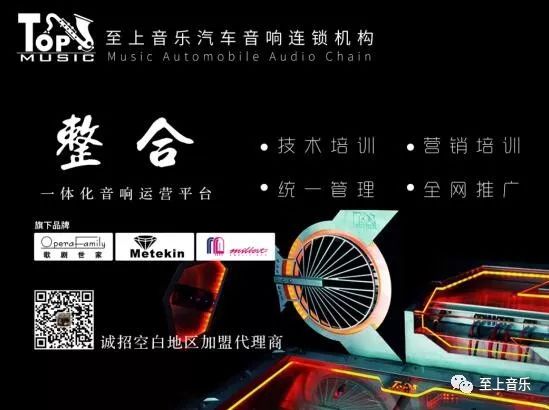The DSP amplifier is the soul and backbone of a complete audio system.
A DSP amplifier refers to an amplifier that uses a DSP chip, allowing for tuning via a computer. Each channel’s parameters (such as EQ, delay, crossover points, etc.) can be better managed through a computer.
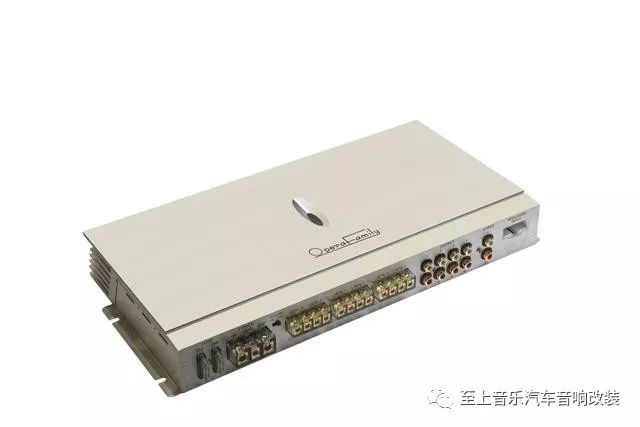
A complete audio system includes: Head unit + speakers (component speakers and coaxial speakers) + processor amplifier + amplifier + subwoofer
Generally, car audio systems are only equipped with a simple setup of “head unit + speakers”. However, for some car owners with a distinct pursuit of music, such a simple configuration cannot provide the novel effects they desire. Therefore, most car owners opt for audio upgrades to meet their requirements.
Original Head Unit
The performance of the head units typically equipped in cars is not particularly good, as most original head units use a direct drive method and have poor tuning capabilities, resulting in sound quality that fails to meet the owner’s needs. However, for high-end cars like Lexus and Audi, the original head units are relatively better. They only need to upgrade to a basic set of speakers to significantly enhance overall sound quality. But for some audiophiles, adding a DSP amplifier is even more outstanding.
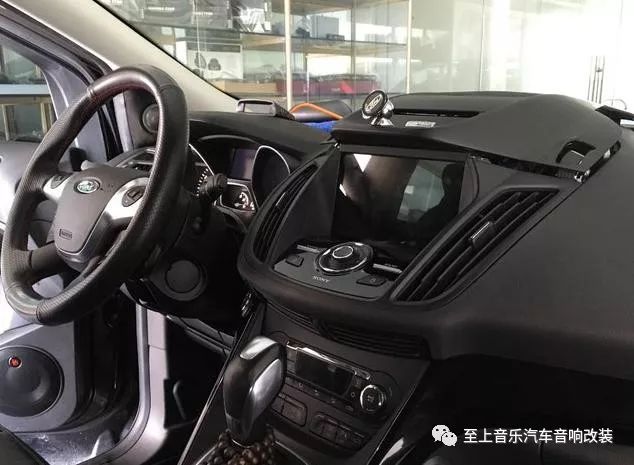
Regular Amplifier
A regular amplifier is limited to setting crossover points and matching speaker sensitivity, and cannot connect to a computer. They are certainly part of a good audio system configuration, and the soundstage they produce is naturally much better than the original car soundstage.
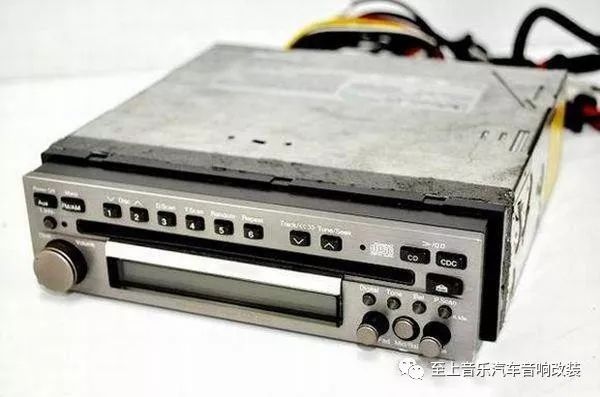
Why Add a DSP Amplifier?
The DSP amplifier is a product that has emerged in response to the times, allowing for lossless installation and significant improvement in sound quality. However, professional audio upgrades do not typically adopt such products, as the amplifier itself has low power, is compact, generates high heat, and the sound quality is not as good as pure processors. Nevertheless, it must be said that it is a cost-effective option worth considering if one does not plan to install a full amplifier.
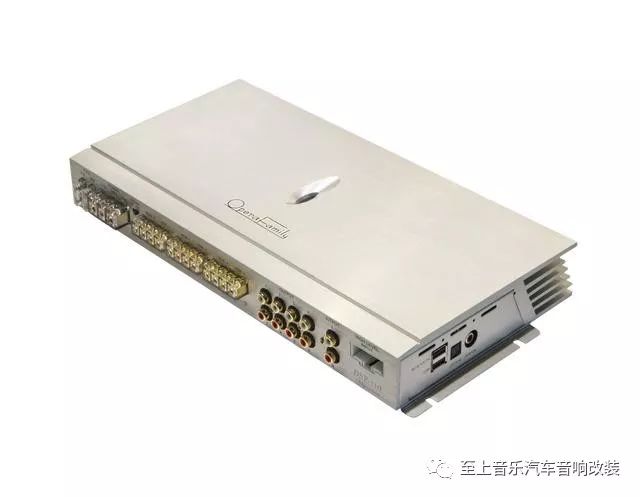
Is it Better to Add a DSP or an Amplifier?
Therefore, in-car audio systems are quite limited in creating a good audio environment. Due to these limitations, various sound waves interfere with and reflect off each other in the car, resulting in a chaotic audio environment.
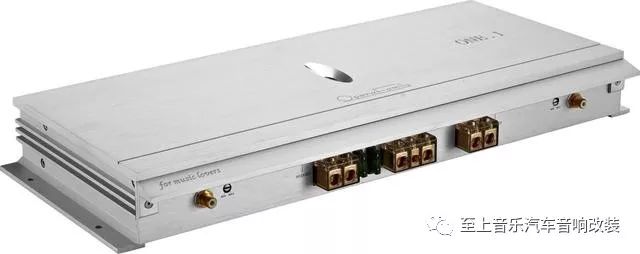
Functions of the DSP Amplifier
The main difference between a DSP amplifier and a traditional amplifier is that the DSP amplifier can be better managed through a computer.
Main functions: Delay processing, EQ adjustment, and crossover functions significantly improve the complex audio environment inside the car, making the sound quality more refreshing and layered.Crossover: The DSP’s crossover function resolves the issue of poor transition between high, mid, and low frequencies, allowing all speakers to perform better.
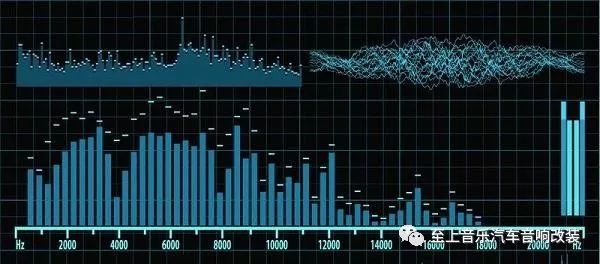
· Delay
Providing delay adjustments for each speaker is used to adjust sound field positioning, specifically improving listening issues for the listener in different positions. The DSP amplifier adjusts the timing of the sound emitted from the speakers, allowing the sounds from the front and rear speakers to reach the listener’s ears simultaneously.
· EQ Adjustment
The EQ adjustment of the DSP amplifier can restore the true sound effect, giving you the sound you desire. By improving the different materials used in various car models or the sound absorption, reflection, and mixing caused by the materials themselves, it often leads to irregular frequency response curves, making the speaker’s sound achieve “high-fidelity” quality, allowing users to have more freedom.
· Crossover
The crossover function divides the audio signal in the car into three frequency bands: high, mid, and low, allowing each frequency band to perform separately while also ensuring they blend well together. Every detail of the frequency response is presented with a richer, more realistic, and layered soundstage effect.
· Tuning
Once the audio equipment is installed, tuning is an essential step. Especially after adding a DSP amplifier, tuning becomes crucial. Many people have heard the saying “30% equipment, 70% installation”, but few know that within installation, there is also the saying “30% installation, 70% tuning”. The three main functions of the DSP can lead to better sound quality, but if tuning is not done properly, it can be counterproductive. Only through a seasoned tuner, appropriately handling each parameter, can the entire audio system produce the desired sound quality.
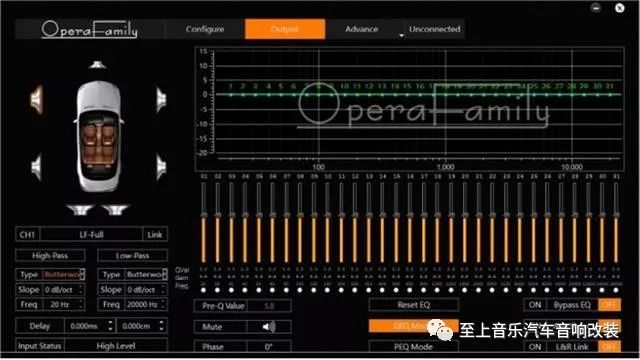
Through the functions of the DSP processor mentioned above, the high frequencies become clearer, the mid frequencies more powerful, and the low frequencies denser, enhancing both sound quality and the listening experience for passengers.
